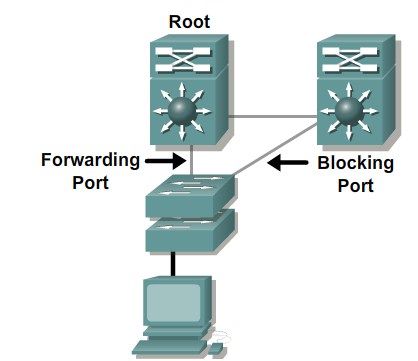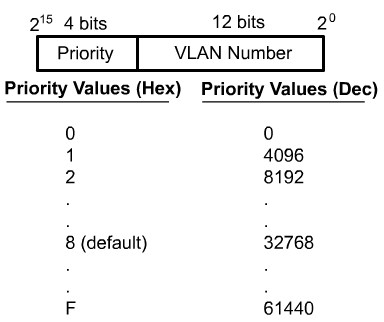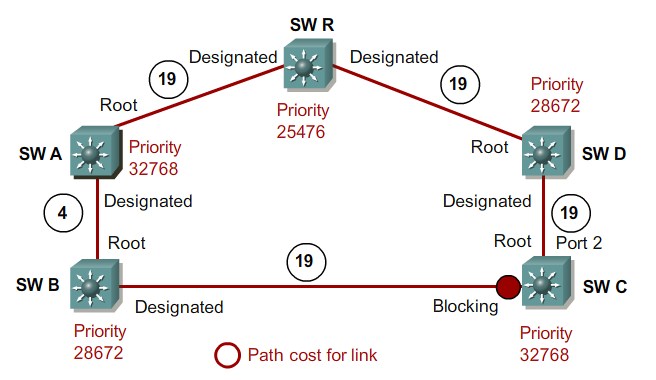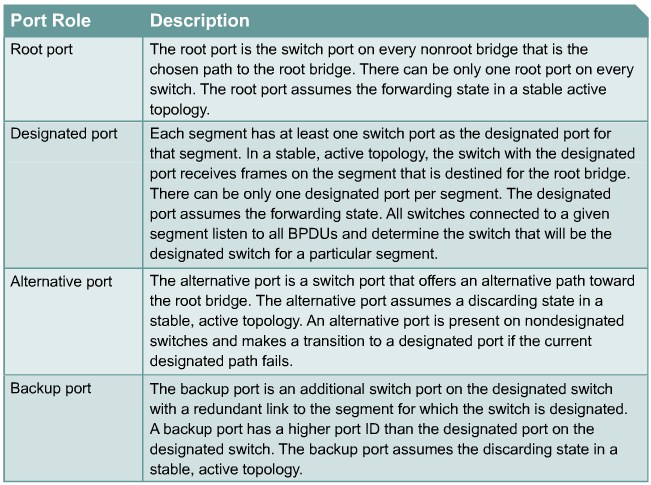Difference between revisions of "CCNP 3 Implementing Spanning Tree"
From Teknologisk videncenter
m (→Configuring Load Balancing over EtherChannel) |
m (→Configuring Load Balancing over EtherChannel) |
||
| Line 120: | Line 120: | ||
*'''dst-port''': Destination TCP/UDP port | *'''dst-port''': Destination TCP/UDP port | ||
*'''src-dst-port''': Source and destination TCP/UDP ports | *'''src-dst-port''': Source and destination TCP/UDP ports | ||
| + | |} | ||
| + | =Summary= | ||
| + | {| | ||
| + | |[[Image:ScreenShot379.jpg|800px|left|thumb|Image text]] | ||
|} | |} | ||
Latest revision as of 18:45, 6 September 2010
Contents
Describing STP
Identifying Traffic Loops
Describing the 802.1D Spanning Tree Protocol
Describing the Root Bridge
Describing Port Roles
Explaining Enhancements to STP
Implementing RSTP
Describing the Rapid Spanning Tree Protocol
Describing RSTP Port States
Describing RSTP Port Roles
Explaining Edge Ports
Examining the RSTP BPDU
Identifying the RSTP Proposal and Agreement Process
|
Describing Rapid PVST+ Implementation
Implementing MSTP
Explaining MSTP
MST Regions
Describing the Extended System ID
Configure MST
Configuring Link Aggregation with EtherChannel
Describing EtherChannel
Guidelines and restrictions when configuring EtherChannel interfaces
Configuring Load Balancing over EtherChannel
|































